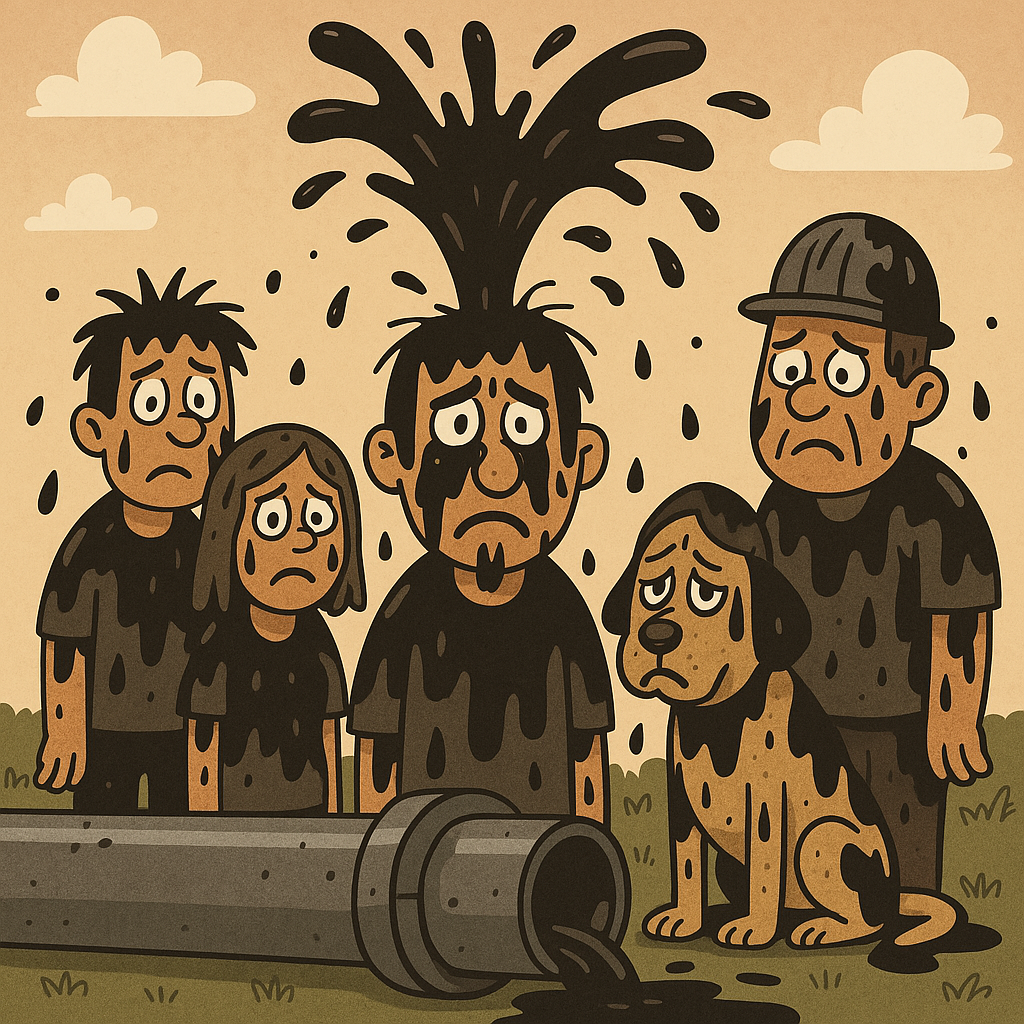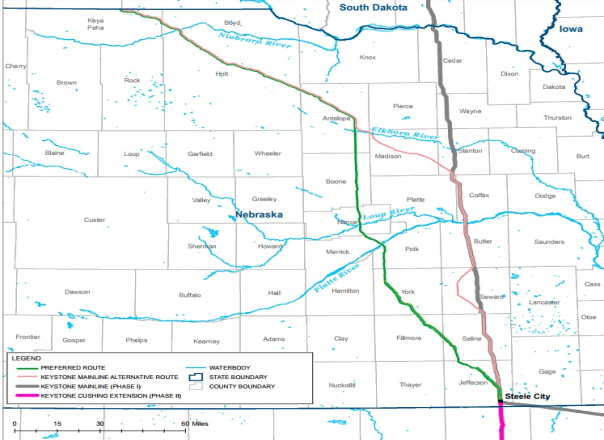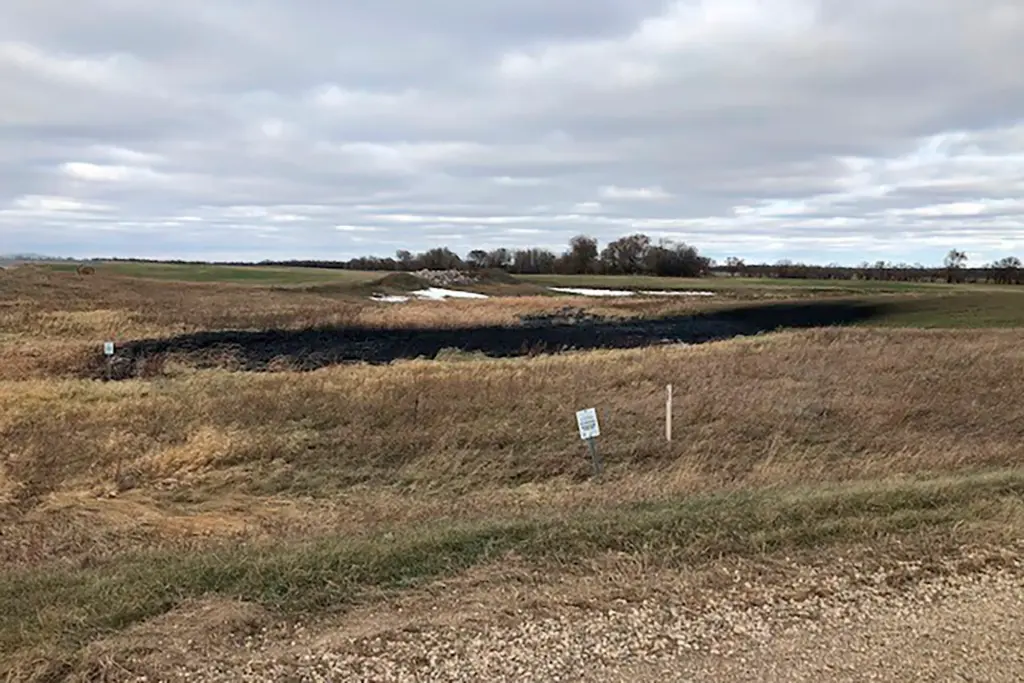
📍 Filed by Conderman Group Reporting | 🗓️ April 9, 2025
Fort Ransom, ND — A major environmental incident is unfolding in rural southeastern North Dakota after the Keystone Pipeline suffered a rupture on Monday, April 8, 2025. The pipeline, operated by South Bow (a TC Energy subsidiary), released an estimated 3,500 barrels of crude oil, or roughly 147,000 gallons, into an agricultural field near Fort Ransom—a small town about 90 miles west of Fargo.
📣 What Happened?
According to early reports, an on-site technician heard a “mechanical bang” and noticed pressure loss, triggering an emergency shutdown within approximately two minutes. The pipeline segment was promptly isolated.
The leak occurred in a remote area, minimizing immediate threats to populated regions, but environmental concerns remain high. Aerial surveillance and drones have been deployed to assess the damage, and initial soil and water testing is underway.
🧯 Emergency Response and Cleanup
South Bow has dispatched vacuum trucks, environmental contractors, and emergency personnel to the site. Cleanup operations are ongoing, including oil recovery and contaminated soil removal. Air monitoring equipment has been set up, although no toxic fumes or fire risks have been reported.
The North Dakota Department of Environmental Quality (NDDEQ) and the Pipeline and Hazardous Materials Safety Administration (PHMSA) are jointly investigating the rupture. Officials are focused on identifying the cause of the breach, whether due to material failure, corrosion, ground movement, or human error.
📉 Pipeline Shutdown and Economic Impact
As of Tuesday morning, the Keystone Pipeline remains shut down from Hardisty, Alberta to Cushing, Oklahoma. Analysts warn that a prolonged closure could impact fuel supplies and prices, particularly in the Midwest, where the pipeline serves several major refineries.
“Even a short disruption in crude delivery can ripple through gasoline and diesel markets,” said analyst Rita Moreno from Plains Energy Watch. “Refineries dependent on Keystone input may reduce throughput, leading to tight supply.”
🧾 A Troubling Pattern
This latest spill adds to a checkered safety record for the Keystone system:
- 2017 – Amherst, SD: 6,592 barrels spilled
- 2019 – Edinburg, ND: 4,515 barrels spilled
- 2022 – Washington County, KS: Over 14,000 barrels—the largest spill in Keystone’s history
Pipeline critics point to these repeated failures as evidence of long-term systemic issues, including outdated monitoring systems and over-pressurization risks. Supporters counter that these events, while serious, are rare relative to the volume of oil moved by the system daily.
🌱 Environmental Concerns
Local farmers and residents are expressing concern over soil contamination, potential groundwater impact, and long-term viability of crops in the region.
“This isn’t just an oil spill—this is our land, our livelihood,” said Greg Landon, a nearby farmer. “We won’t know for years what this will do to our soil and wells.”
The affected farmland has been cordoned off, and federal environmental teams are collecting water and sediment samples.
🔍 What’s Next?
- Investigations are expected to continue for weeks, possibly months
- Restoration plans will be approved and monitored by the NDDEQ
- South Bow may face additional fines or sanctions depending on findings
- Lawmakers are already calling for stricter pipeline oversight legislation
📌 Conderman Group Reporting will continue to monitor developments and provide updates as more details emerge. Stay tuned for continuing coverage.






